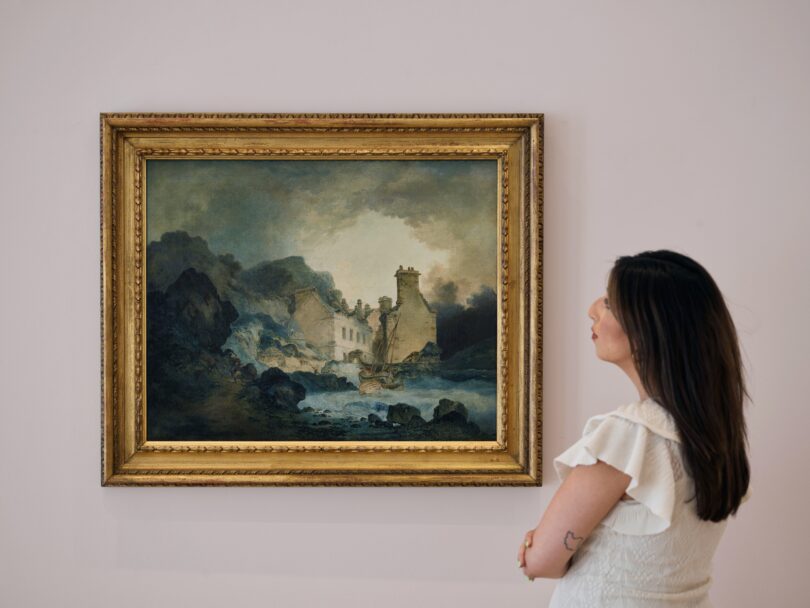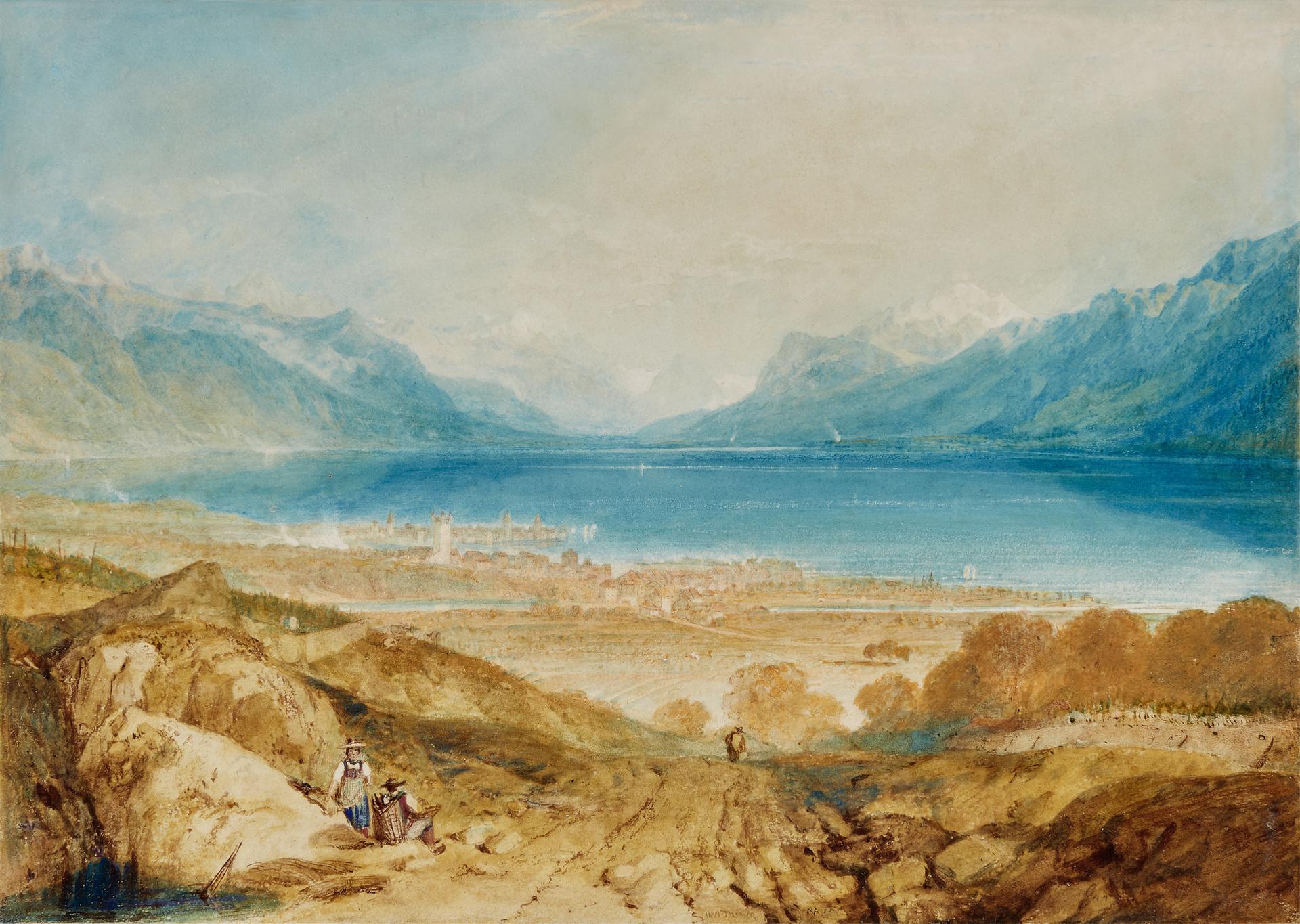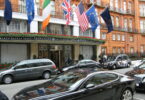LONDON, 6 June 2025 – Painted in 1792, when J.M.W. Turner was a mere 17 years old, The Rising Squall, Hot Wells, from St Vincent’s Rock, Bristol, is the first oil painting ever exhibited by the artist, making its debut on the walls of the Royal Academy in 1793. Its last exhibition was in 1858, in Tazmania, following which it disappeared into a private collection for over a century and a half, until it emerged last year and the artist’s signature was discovered during restoration.
It will now be exhibited at Sotheby’s from 28 June – 1 July, ahead of the Old Masters & 19th Century Paintings Evening Auction on 2 July, when it will be offered with an estimate of £200,000 – 300,000. The rediscovery and auction coincide with the 250th anniversary of Turner’s birth, with institutions across the United Kingdom celebrating the legacy of one of Britain’s most beloved and influential artists.
Until recently, the prevailing belief had been that Turner’s earliest exhibited oil was a painting known as Fisherman at Sea, in the Tate Britain’s collection, which had been exhibited at the Royal Academy in 1796 – three years following The Rising Squall, Hot Wells, from St Vincent’s Rock, Bristol. The 1793 Royal Academy exhibition, which opened on 26 April (three days after Turner’s eighteenth birthday), was a bellwether moment for the artist and his towering aspirations, as he dramatically entered the scene.
The composition is based on an on-the-spot-drawing in his earliest sketchbook and a watercolour both held in the Tate Britain, depicting Hot Wells House in Bristol – a hot spring and spa that was a popular attraction in Georgian England – seen from the east bank of the River Avon, where the Clifton Suspension Bridge now spans the river. The choice of subject reveals an early interest in characterful architecture that would remain a theme throughout Turner’s art.
The Rising Squall, Hot Wells, from St Vincent’s Rock, Bristol was first acquired, and perhaps painted for, the Reverend Robert Nixon, a friend and early supporter of Turner’s (originally a customer of his father’s barbershop), with whom the artist used to stay. Nixon was among the first to encourage the young artist to pursue oil painting, and in fact, the earliest biographies record that it was in his house that Turner’s first oil was painted. After Nixon’s death in 1837, the painting gradually began to fall into obscurity.
Despite early mention of this work in obituaries of Turner’s life, for at least a century, it was mistaken in the literature for a watercolour – absent from the catalogue of exhibited oil paintings by the artist, and the discourse of his work. Its reemergence now allows viewers and scholars alike to appreciate the startling ambition of this great artist at such an early moment in his career, by which stage he is already demonstrating a level of confidence and competency in oil painting far beyond what was previously known.








